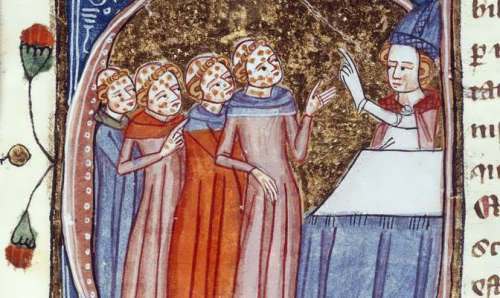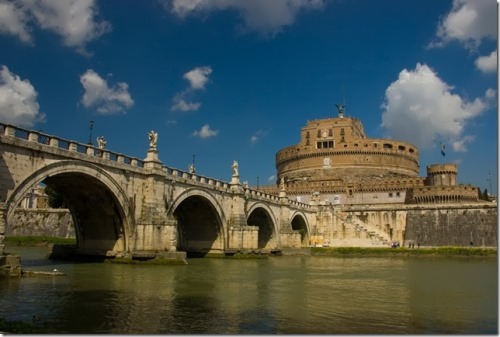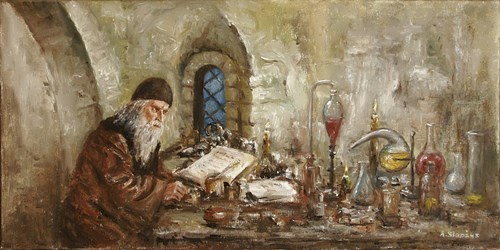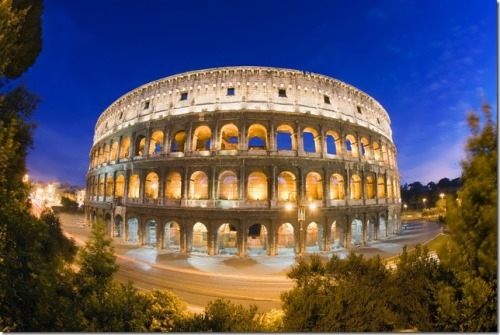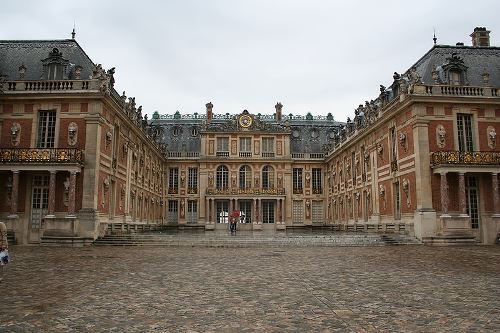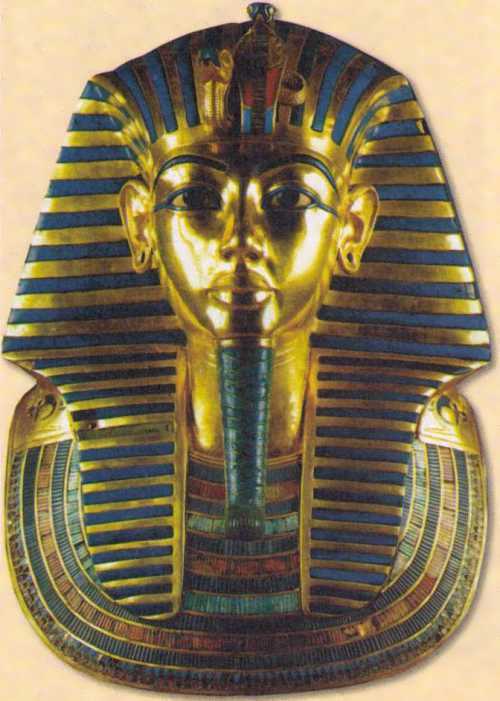Smallpox – lethal infection
The Quran, holy book of Muslims, tells about the miraculous escape of Mecca from Prince of Abissinia’s troops. When in 569 BC war elephants reached the gates of defenseless Mecca birds with small clay balls in their claws came. The birds attacked the besiegers. They threw balls that killed soldiers, horses and elephants. These birds were called Ababil, which in Persian meant “smallpox”.
Aron, doctor from Alexandria indicated that a flash of smallpox almost completely destroyed the army.
According to genetic studies, the human smallpox virus evolved from camel pox approximately 20-60 thousand years ago. Descriptions of the disease similar to smallpox are known to mankind since ancient times. The first epidemic was presumably in ancient China around 3,000 BC. Traces of smallpox were found on some mummies in the Egyptian pyramids.
More »
